Human PRLR ELISA Kit
$299.00 – $419.00
ELISA Kit Detail Information
| Related Target | |
|---|---|
| Species | human |
| Sample Type | Serum, plasma, cell culture supernatant, and other biological samples |
| Sample Volume | 50 μL |
| Sensitivity | 1.41 pg/mL |
| Array Range | 15.63 pg/mL – 1000 pg/mL |
| Assay Time | 3.5 h |
| Recovery | 82% – 112% |
| Average Recovery | 102% |
| Intra Precision | 2.0% – 2.8% |
| Inter Precision | 1.6% – 3.4% |
| Plate | Detachable 96-well plate |
| Storage | If the reagent kit is unopened, it should be stored at 4℃. However, if it has been opened, the standard solution should be stored at -20℃, while the other components should be stored at 4℃. |
| Delivery | 4℃ blue ice transportation |
| Components | 96-well polystyrene enzyme-linked immunosorbent assay (ELISA) plate coated with anti-PRLR monoclonal antibody Human PRLR freeze-dried standard PRLR detect Antibody Standard Diluent HRP-labeled streptavidin Signal enhancer concentrate Signal enhancer diluent Assay Buffer(10×) Substrate TMB Stop Solution Washing Buffer(20×) Sealing Film |
| Assay Principle | This kit utilizes the double antibody sandwich enzyme-linked immunosorbent assay (ELISA) detection technique.Specific anti-human PRLR antibodies are precoated on a high-affinity ELISA plate. Standard samples, test samples, and the detection antibody labeled with horseradish peroxidase are added to the wells of the ELISA plate. After incubation, PRLR present in the samples binds to the solid-phase antibody and the detection antibody. After washing, a colorimetric substrate, TMB, is added and the plate is incubated in the dark for color development. The intensity of the color reaction is directly proportional to the concentration of PRLR in the samples.A stop solution is added to terminate the reaction, and the absorbance value is measured at a wavelength of 450 nm (with a reference wavelength range of 570-630 nm). |
Related Targets
PRLR
PRLR Target Infomation Overview
- Target Symbol: PRLR, prolactin receptor
PRLR, prolactin receptor Target Infomation by Species
- Human
- Mouse
- Rat
Human PRLR Target Information
- Target Symbol: PRLR, prolactin receptor
- Alias:
- delta 4-delta 7/11 truncated prolactin receptor
- delta 4-SF1b truncated prolactin receptor
- HPRL
- hPRL receptor
- hPRLrI
- MFAB
- PRL-R
- prolactin receptor delta 7/11
- RI-PRLR
- secreted prolactin binding protein
- NCBI_Gene: 5618
- UniProtKB: P16471
Human PRLR Predicted Functions
Enables peptide hormone binding activity and prolactin receptor activity. Involved in activation of Janus kinase activity; activation of transmembrane receptor protein tyrosine kinase activity; and negative regulation of apoptotic process. Located in cell surface. Implicated in hyperprolactinemia.
Mouse Prlr Target Information
- Target Symbol: Prlr, prolactin receptor
- Alias:
- AI987712
- expressed sequence AI987712
- Pr-1
- Pr-3
- Prlr-rs1
- prolactin receptor 1
- prolactin receptor 3
- prolactin receptor related sequence 1
- NCBI_Gene: 19116
Mouse Prlr Predicted Functions
Enables prolactin receptor activity. Involved in positive regulation of cold-induced thermogenesis. Acts upstream of or within several processes, including gland development; receptor signaling pathway via JAK-STAT; and response to bacterium. Predicted to be located in cell surface. Predicted to be part of receptor complex. Predicted to be active in external side of plasma membrane. Is expressed in several structures, including alimentary system; central nervous system; genitourinary system; hemolymphoid system gland; and limb segment. Used to study familial medullary thyroid carcinoma. Human ortholog(s) of this gene implicated in hyperprolactinemia. Orthologous to human PRLR (prolactin receptor).
Rat Prlr Target Information
- Target Symbol: Prlr, prolactin receptor
- Alias:
- lactogen receptor
- MGC105486
- PRL-R
- RATPRLR
- NCBI_Gene: 24684
Rat Prlr Predicted Functions
Enables prolactin receptor activity and protein kinase binding activity. Predicted to be involved in several processes, including activation of protein kinase activity; cytokine-mediated signaling pathway; and positive regulation of cold-induced thermogenesis. Predicted to act upstream of or within several processes, including gland development; receptor signaling pathway via JAK-STAT; and response to bacterium. Predicted to be located in cell surface. Predicted to be part of receptor complex. Predicted to be active in external side of plasma membrane. Human ortholog(s) of this gene implicated in hyperprolactinemia. Orthologous to human PRLR (prolactin receptor).

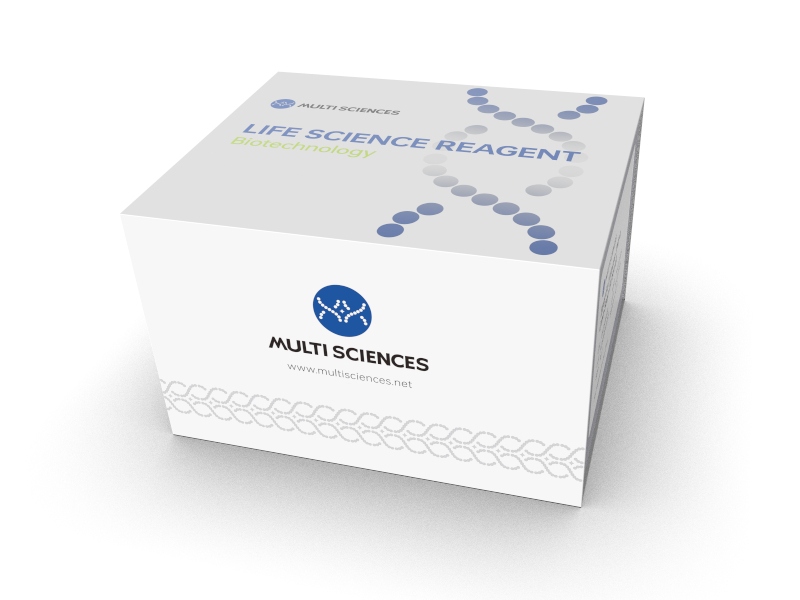
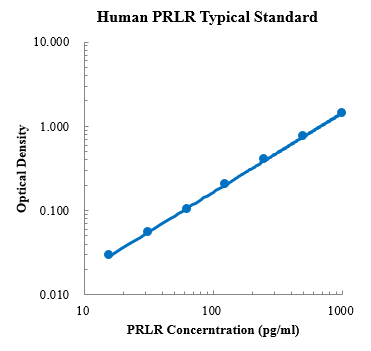
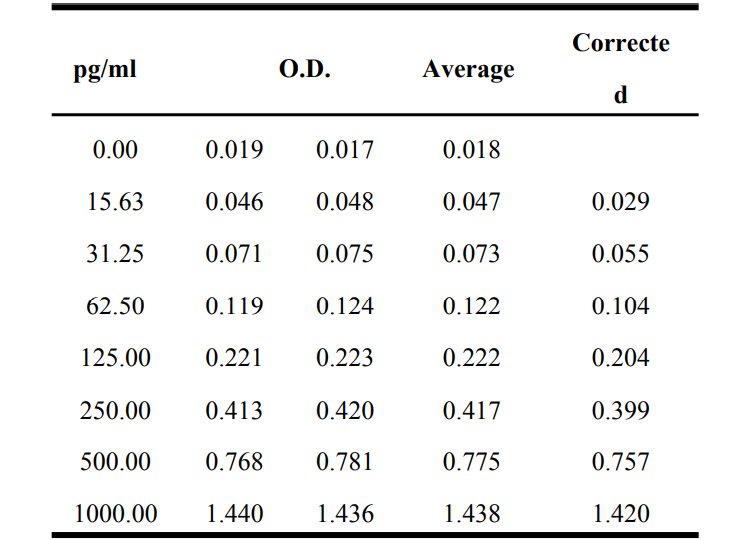

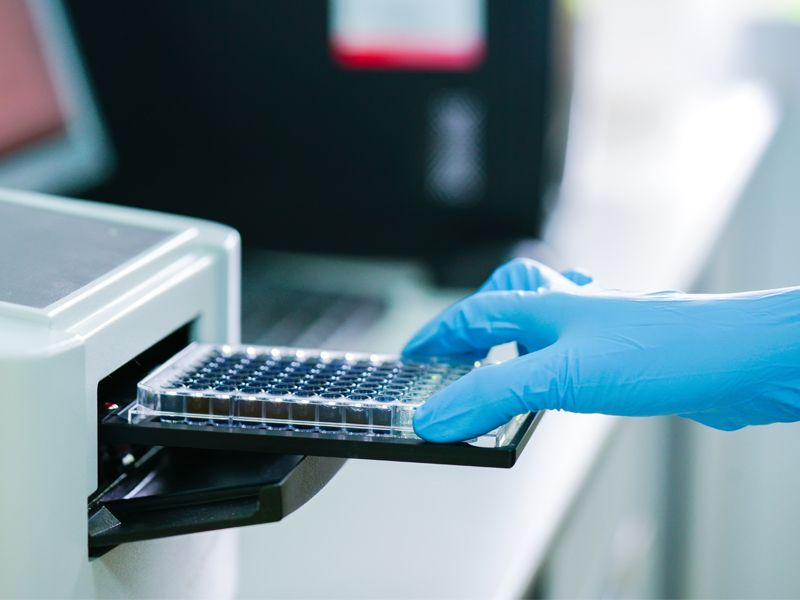
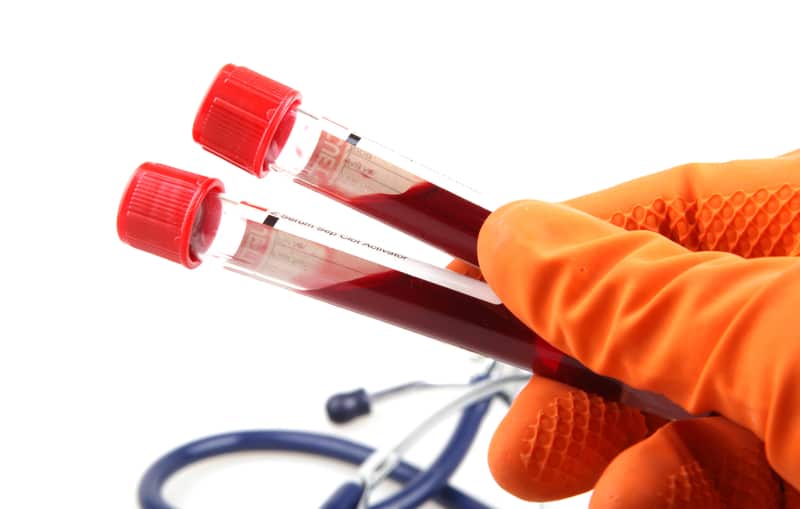
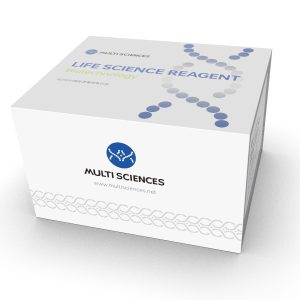
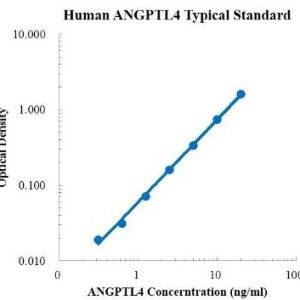
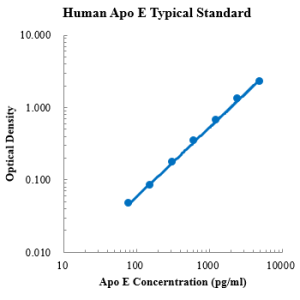
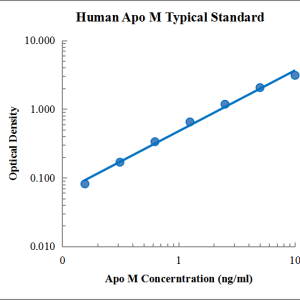
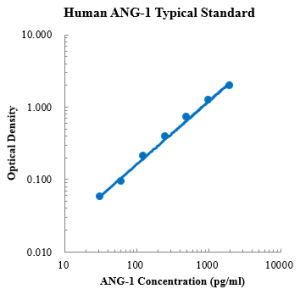
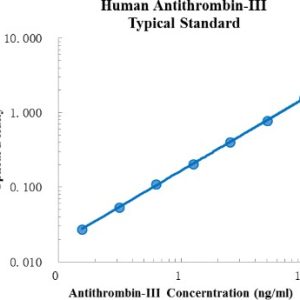
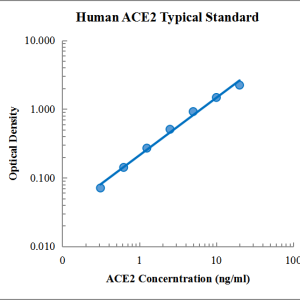
Reviews
There are no reviews yet.